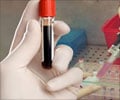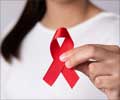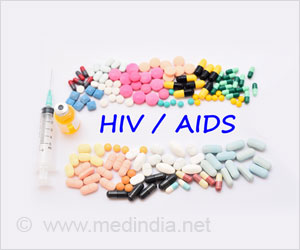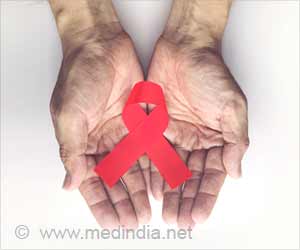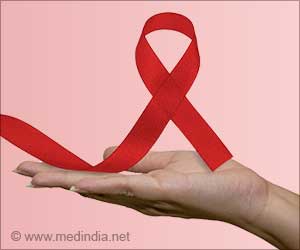A fundamentally new intervention for the HIV/AIDS epidemic based on engineered, virus-like particles has been proposed by biochemist Leor Weinberger and colleagues
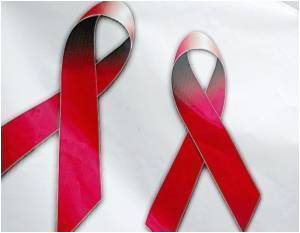
"Dr. Weinberger's idea to use engineered virus-derived particles to combat infectious diseases is truly provocative," said James Anderson, M.D., Ph.D., Director of the Division of Program Coordination, Planning, and Strategic Initiatives. Anderson oversees the NIH Common Fund, which supports a series of exceptionally high impact, trans-NIH programs including the NIH Director's New Innovator Award, which Weinberger received in 2009.
The engineered particles, called therapeutic interfering particles or TIPs, would persist for years in an individual patient and could be packed with genes that disrupt the functioning of HIV. Weinberger's team has succeeded in creating functional prototypes in the lab.
"TIPs are molecular parasites that 'piggyback' on HIV to spread between individuals," Weinberger said. The engineered particles use the same outer envelope as HIV but lack the genes for components of this structure and the enzymes needed to assemble it. They can only replicate, infect additional cells and transmit to new individuals by stealing these elements from HIV. Until the host cell is infected with HIV, TIPs remain dormant.
In an HIV-infected individual, TIPs would transmit to others in the same ways as the natural virus – through unprotected sex or shared needles, for example. That means TIPs would, by design, penetrate high-risk populations that are responsible for a disproportionate share of the spread of disease and can be particularly difficult for public-health officials to reach.
Using an epidemiological model, Weinberger and colleagues compared the predicted effects of the treatment they propose with current drug campaigns and hypothetical vaccines and found that TIPs could be more effective.
Advertisement
TIPs wouldn't replace other therapies, Weinberger said, "In part, we are arguing that TIPs could be used in conjunction with current antiretroviral drug therapy or vaccine campaigns, and could enhance the efficacy of these campaigns at the population level."
Advertisement
He also points out that vaccines already in use can spread from one person to another. People who receive the oral polio vaccine, for example, "shed" the weakened version of the virus that is the basis of the vaccine and this can transmit immunity to other individuals. Public health officials see this transmission as a benefit; it is one reason why this form of polio vaccine was chosen for the worldwide effort to eradicate the disease.
Source-Eurekalert

